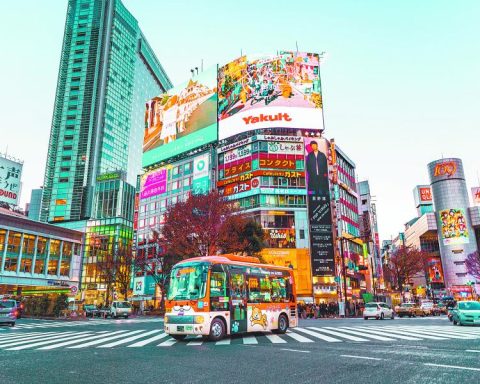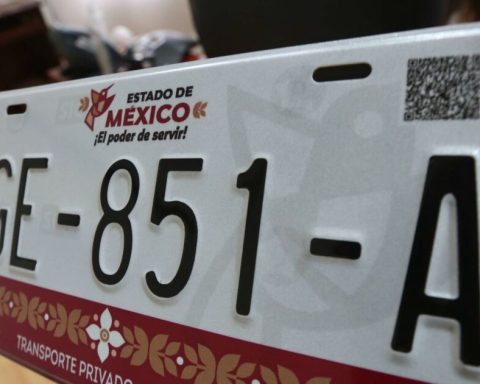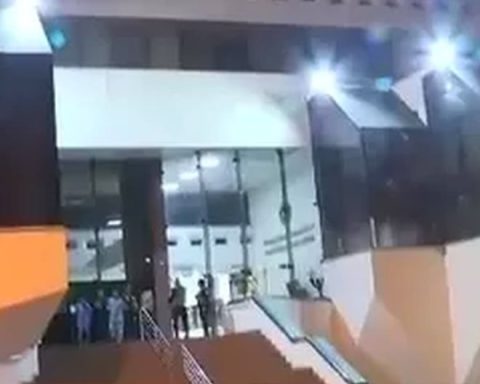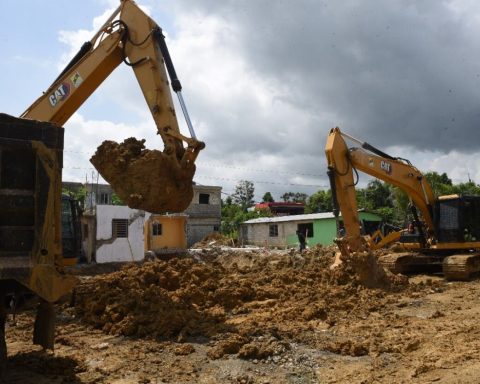According to Inegi, the average perception of insecurity data of 58.6% represents a “statistically significant change” compared to the previous year, since in September 2023 this indicator was 61.4%, that is, there was more perception of insecurity .
However, in June 2024, the month of the federal elections, this indicator had already dropped to 59.4%, a figure slightly higher than the September figure.
Where do Mexicans feel most insecure?
As has happened in previous measurements, at the end of September, 67.3% of the population expressed feeling unsafe at ATMs located on public roads; 61.8%, in public transportation; 53.0%, on the road, and 51.3%, on the streets you usually use and at the bank.
Regarding the expectation of insecurity, 31.8% of the population aged 18 years and older residing in the 91 urban areas of interest considered that in the next 12 months, the crime and insecurity situation in their city will remain “just as bad” and Last June the percentage was 32.4%.
Those who considered that it would get worse in a year were 18.1%, less than the 20% who thought the same in June.
However, 18.8% of the population aged 18 and over “said that the situation of crime and insecurity in their urban area will continue just as well and 28.7% said that it will improve”, figures that in June were 18.9% and 27.7%. respectively.
The data contrasts with the percentage of those who said they had seen or heard criminal or antisocial behavior around their home during the second quarter of 2024: 58.9% of the events were related to alcohol consumption on the streets; In June it was 60.5%.
In 47.9% of the cases, robberies or assaults were witnessed or heard; 39.9% acts of vandalism in homes or businesses; 39.2%, sale or consumption of drugs; 36.6%, with frequent shooting with weapons; 24.2%, with violent gangs or gang members; 15.4%, with irregular electricity outlets (diablitos) and 3.4%, with theft or illegal sale of gasoline or diesel (huachicol).
Of those interviewed, 35.7% reported having had a conflict or confrontation directly, with family, neighbors, work or school colleagues, with establishments, or with government authorities. The majority were registered in Cuauhtémoc, with 64.9%; Azcapotzalco, with 58.7%, and Xochimilco, with 56%.














